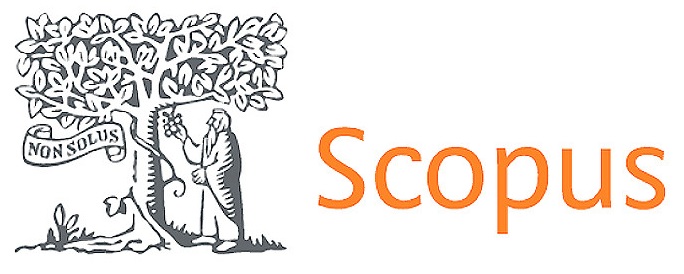HyFlex Teaching and Technological Competence: Advancing Inclusive and Flexible Education through TPACK and UDL Frameworks
DOI:
https://doi.org/10.56294/saludcyt20252433Keywords:
HyFlex teaching, TPACK, UDL, faculty readiness, digital pedagogy, higher education, inclusive designAbstract
Introduction: this study explores faculty readiness for the Hybrid-Flexible (HyFlex) teaching modality, a pedagogical approach that combines face-to-face and online instruction to ensure flexibility, inclusivity, and continuity of learning. The integration of HyFlex in higher education represents both a technological and pedagogical innovation, aligning with global trends in digital transformation and the need for resilient education systems.
Objective: this study examines faculty awareness, preparedness, and willingness to adopt HyFlex teaching using the TPACK framework and UDL principles, identifying strengths and gaps in technological competence, instructional design, inclusive pedagogy, and support systems for sustainable implementation..
Method: a quantitative-descriptive research design was employed with 75 permanent faculty members from a Philippine state university, selected through stratified random sampling. A validated survey instrument measured conceptual understanding, technological proficiency, pedagogical strategies, student engagement, assessment practices, and readiness to implement HyFlex. Data were analyzed using descriptive statistics, with findings interpreted through the HyFlex Model, TPACK, and UDL frameworks.
Result: Findings reveal that faculty demonstrated high levels of awareness and preparedness in technological and pedagogical domains, but moderate gaps in differentiated instruction, inclusive design, workload management, and technical troubleshooting. Over 85% of respondents expressed strong willingness to adopt HyFlex provided adequate training and infrastructure support are in place.
Downloads
Published
Issue
Section
License
Copyright (c) 2025 Katherine V. Queroda (Author)

This work is licensed under a Creative Commons Attribution 4.0 International License.
The article is distributed under the Creative Commons Attribution 4.0 License. Unless otherwise stated, associated published material is distributed under the same licence.



